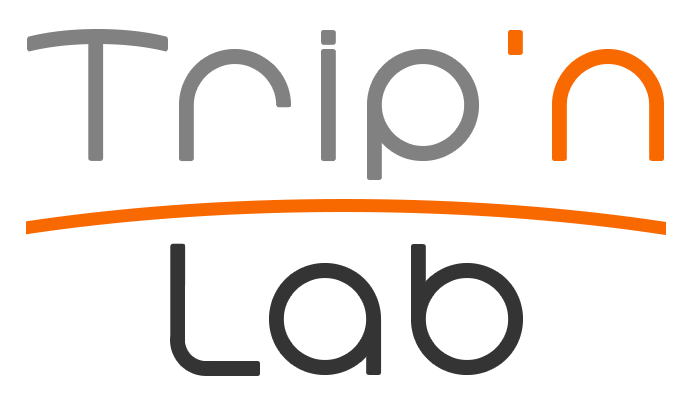documentation
Sparta vst
Spatial Audio Real-time Applications (SPARTA)
SPARTA is a collection of flexible VST audio plug-ins for spatial audio production, reproduction and analysis, developed by members of the Acoustics Lab at Aalto University. Many of these plug-ins have been used internally within the Acoustics Lab for educational and research purposes since 2016; however, they have now been released as an open source project. Our hope is that they may prove useful to those interested in the field of real-time spatial audio processing.
Two of the plug-ins in the SPARTA library are based on the Vector-Base Amplitude Panning (VBAP) method, which our head of department developed back in the late 90s as a flexible 3-D panning technique. The first plug-in is called ‘Panner’, which is a highly flexible frequency-dependent panner that supports 1-64 channels input and output (allowing audio intended for a 9.x setup to be reproduced over a 22.x setup, for example). The second is a ‘Binauraliser’ plug-in, which uses VBAP as a means of interpolating between a set of Head-Related Impulse Responses (HRIRs). This plug-in also allows the user to import their own HRIRs using the Spatially Oriented Format for Acoustics (SOFA) standard. Several presets have been integrated into both plug-ins for convenience; however, each input and output coordinate is completely user definable and is also depicted on the user-interface for visual feedback.
The remaining plug-ins in SPARTA operate on spherical harmonic signals (also known as B-Format or Ambisonic signals), which is a popular intermediate format for “storing” a synthesised or captured sound-field. The included ‘AmbiENC’ and ‘Array2SH’ plug-ins are capable of generating these spherical harmonic signals using 1-64 input signals or microphone array signals, respectively. These synthesised/captured sound-fields (encoded into the spherical harmonic signals) can be reproduced over loudspeakers or headphones using the ‘AmbiDEC’ plug-in, which provides frequency-dependent ambisonic decoding (to account for non-ideal spherical harmonic signals input) and offers a variety of options inspired by recent research to improve the perceived spatial accuracy at the listening position. The ‘Rotator’ plug-in is capable of rotating these spherical harmonic signals and can be controlled using a head tracker via Open Sound Control (OSC) messages. ‘Powermap’ and ‘SLDoA’ can then be used to visualise the sound-field using either beamformers/statistical methods or by displaying the frequency-dependent direction of arrival estimates derived from spatially localised pressure-intensity vectors, respectively.
A more detailed description of each plug-in can be found below, along with the download links.
The source code has been released under the GPLv3 license and can be found here. Note that these SPARTA plug-ins are essentially the graphical user interface (GUI) implementations of the examples given in the Spatial Audio Framework (SAF), which can be found here.
http://research.spa.aalto.fi/projects/sparta_vsts/
